

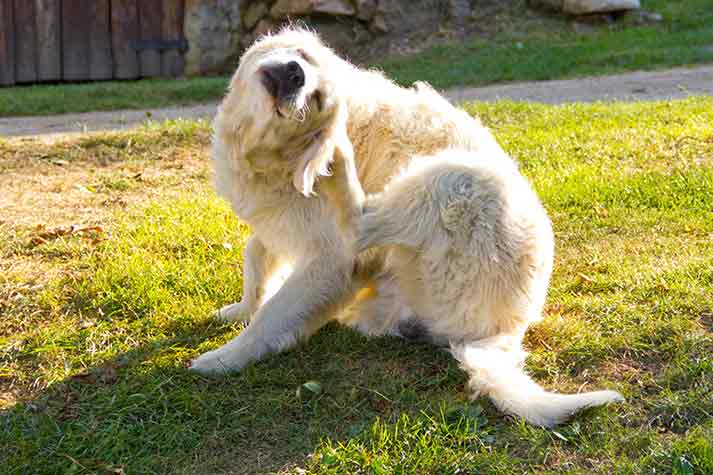
21 May
If you have ever caught your dog persistently licking their paws in the dead of night, it’s not just a quirky habit. It could be a red flag that something’s irritating their skin. Dogs, much like humans, can suffer from a variety of skin conditions that range from mildly uncomfortable to medically serious. These issues often stem from allergies, infections, or environmental factors, and without timely care, they can significantly impact your dog’s quality of life.
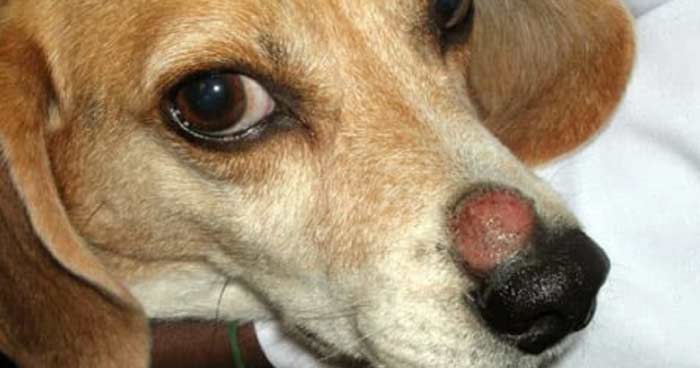
Despite the misleading name, ringworm is not caused by a worm. It is a fungal infection that targets the skin, hair, and nails. This condition is highly contagious and can spread between pets and even to humans through direct contact or contaminated surfaces. Dogs with minor cuts or weakened skin barriers are particularly susceptible.
Ringworm often appears as circular patches of hair loss with red, scaly skin underneath. The good news? It is treatable. A vet-prescribed antifungal treatment combined with consistent hygiene practices can help eliminate the infection. It is also essential to disinfect bedding, brushes, and grooming tools to avoid reinfection.
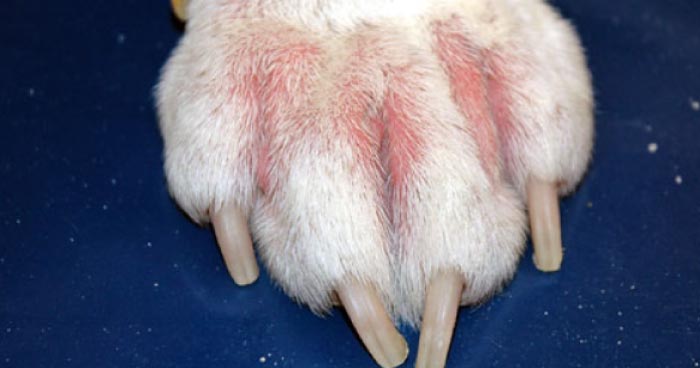
One of the most common reasons dogs scratch excessively is allergic dermatitis. This skin inflammation is caused by an overactive immune response to allergens, which could be environmental (like pollen or dust mites) or dietary (like chicken or wheat).
Symptoms include intense itching, frequent ear infections, redness, and inflamed skin, especially around the paws, ears, face, and belly. To manage this, a two-pronged approach is ideal: reduce exposure to known allergens and address symptoms through medication or medicated shampoos. Your vet might also suggest an allergy panel to help identify specific triggers. For food allergies, an elimination diet guided by your vet can help determine what ingredients to avoid.
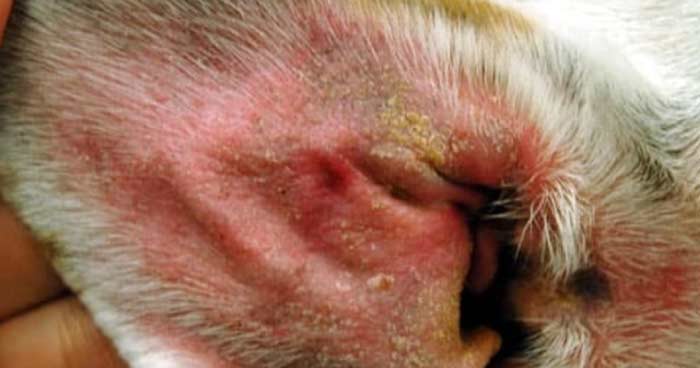
Yeast infections on the skin or in the ears are another common issue, particularly in warm, moist environments where yeast thrives. These infections occur when the naturally present yeast on a dog’s skin multiplies beyond healthy levels.
Signs include greasy skin, a musty odour, redness, and constant licking or scratching. The infection typically affects areas like the paws, ears, and skin folds. Treatment involves antifungal shampoos, wipes, and sometimes oral medications, depending on severity. Routine grooming and keeping your dog dry can go a long way in preventing yeast flare-ups.
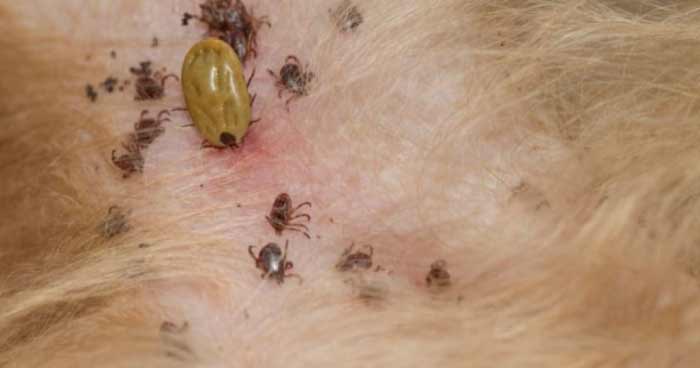
Parasites like fleas, ticks, lice, and mites cause discomfort and can lead to serious health issues. These pests live on the surface of the skin, feeding on blood and potentially transmitting diseases or triggering allergic reactions.
Look for signs like visible fleas or ticks, hair loss, intense scratching, or skin sores. Mange, caused by mites, can lead to severe skin inflammation and scabbing. Preventive flea and tick treatments, along with regular grooming and checks after outdoor play, are your best defence. If infestation occurs, your vet can recommend appropriate treatment options, from topical solutions to oral medications.
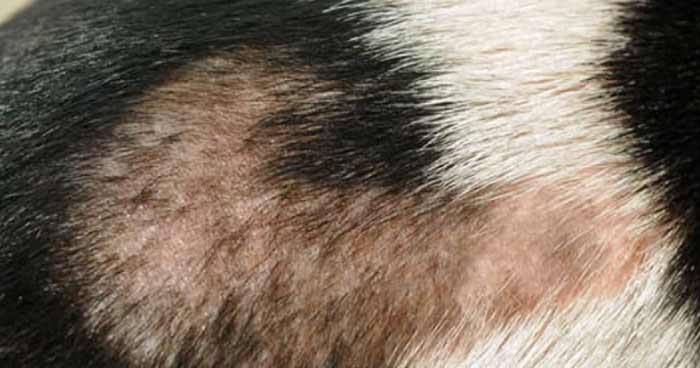
Hair loss in dogs, medically known as alopecia, can be either localized or widespread. It may develop as a result of other skin conditions such as allergies, infections, parasites, or hormonal imbalances.
You might notice thinning patches, bald spots, or scaly and swollen areas. While mild hair shedding is natural, sudden or excessive hair loss warrants a closer look. Addressing the underlying cause whether it’s ringworm, mites, or food sensitivity is key to restoring coat health. Your vet might recommend lab tests, skin scrapings, or biopsies to get to the root of the problem.
Most skin conditions can be effectively managed or even avoided altogether with consistent care and early intervention. While no pet parent can control every environmental factor, creating a protective baseline through daily habits is crucial.
Here’s how to help your dog maintain healthy skin:
Skin conditions in dogs are not just skin-deep; they reflect broader issues that can affect your dog’s comfort, immunity, and happiness. Fortunately, with the right knowledge and care, most of these problems are manageable or even preventable.
Staying attentive to signs like excessive scratching, redness, or hair loss can help you catch conditions early. Partner with your vet, create a solid skin-care routine, and prioritize a clean, allergen-free environment. After all, a healthy coat is more than a mere cosmetic, it is a sign of a healthy dog.

AUTHOR’S BIO
ARSH BHARDWAJ
I am passionate about language, storytelling and the human urge to connect Having paid close attention to marketing and branding as a craft for some time, I'm eager as ever to indulge my passion for prose.